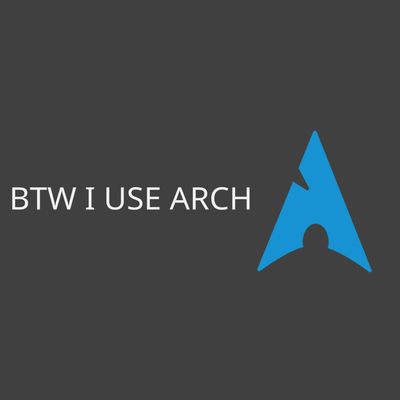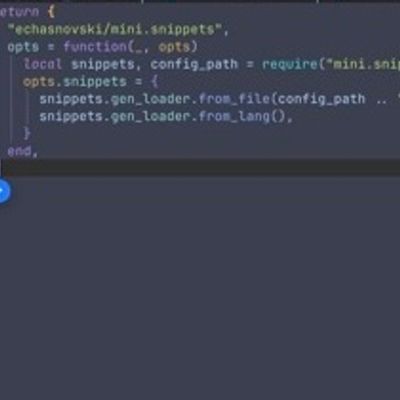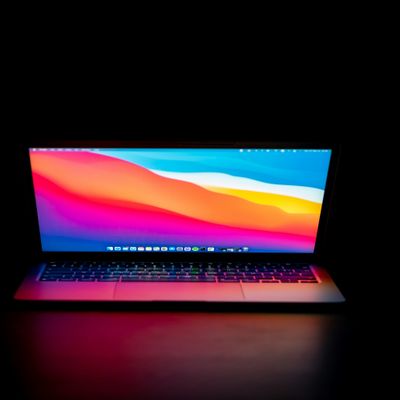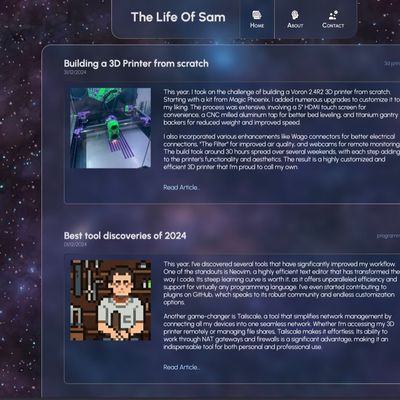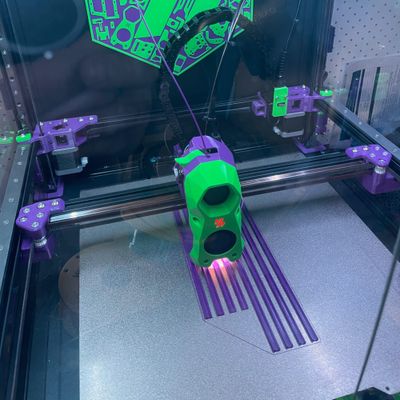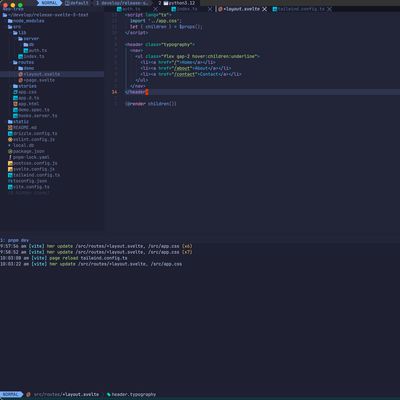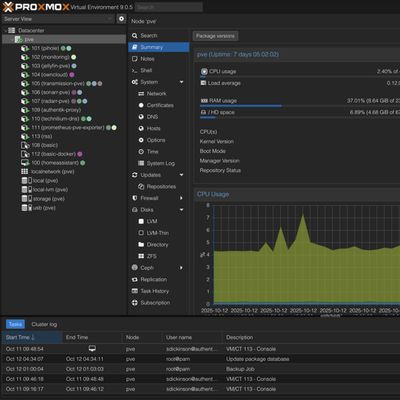
I've recently set up my own self-hosted servers, starting with an old corporate machine I bought on eBay. I installed Proxmox on it, which allows me to run virtual machines and containers (LXC). I also set up Tailscale as my VPN for secure access from anywhere.
I migrated my Home Assistant instance to Proxmox and upgraded my RAM to accommodate it. I added a 4TB internal hard drive and started setting up various services using LXC containers. I used Community Scripts as a starting point and eventually managed to run services like Jellyfin, Sonarr, and Radarr. To manage connections, I implemented Technitium DNS and set up HTTPS using Certbot and Cloudflare. I also integrated Authentik for single sign-on across my services.
Read Article...